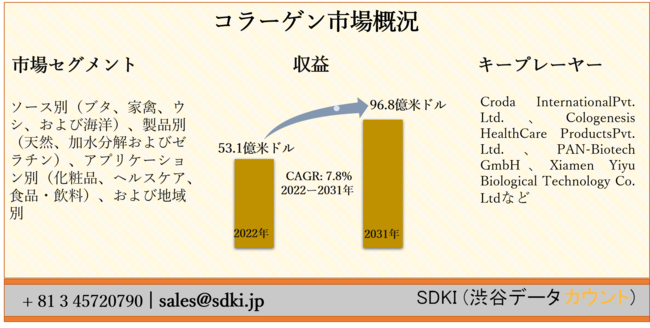Robot operating system (ROS) is not just an operating system; it is a robotics middleware, a collection of software framework, and toolsets upon which robotics systems can be developed or constructed. It provides a structured communications layer above the host operating systems of a mixed compute clusters. ROS is language- neutral and can be programmed in various languages. ROS works at the messaging layer i.e. it consists of programming tools and code that help projectors to run the programming code and the infrastructure for running it, like messages passing between processes. The ROS is designed to work with different components and subsystems that operate on different programming languages. The expansion of industrial automation across business operations around the globe is creating lucrative demand for ROS. The ROS market is forecasted to reach US$ 402.7Mn by 2026, reflecting a CAGR of 8.8%.
The global ROS market is primarily driven by increasing adoption and investment in research and innovation activities. Software and hardware modules which are commercially available must be easily adopted in research work at a lower price. With help of ROS, complexities of software engineering while developing robotics projects are reduced. ROS increases the speed of software development and help to redistribute it as it includes integrated framework and toolsets for robotics development. These factors help researchers and developers to adopt ROS into their robotics research and innovation activities. The healthcare sector is growing significantly and is showing a futuristic approach by introducing robots in day-to-day operations with an aim to develop and implement robotics in medicine and healthcare.
Furthermore, manufacturing units across the globe are expanding industrial capabilities and automation of business processes by acquisitions or widening their existing setups. Capital investment in robotics technology has increased especially in commercial robots. Companies such as Fanuc Corporation and ABB are planning to invest more in R&D to develop better robots as well as their operating system that is user friendly and affordable. However, a major concern in the ROS ecosystem includes the security issue in design and implementation of ROS. Many suppliers of robotics operating systems provide ROS that is protected, secured, and then commercialized. Research organizations developing ROS are emphasizing on investing and building more stable ROS and providing better application programming interface (APIs).
The rising installation and deployment of industrial and commercial robots across the world is one of the key trends boosting the growth of the ROS market. For instance, by 2019, more than 1.9 million new industrial robots will be deployed around the world, according to a research study by International Federation of Robotics (IFR). In addition, at regional levels, Asia Pacific has witnessed strong growth in robots, both in terms of value and volume. Countries such as China, The Republic of Korea, Taiwan, Thailand, and Singapore are significantly installing commercial as well as industrial robots for various applications. European countries are also not far behind. Countries such as Germany, Italy, France, and Nordic nations have welcomed robotics technology.
Request PDF Sample@ https://www.transparencymarketresearch.com/sample/sample.php?flag=S&rep_id=29147
The ROS market is segmented by type, application, and region. By type, ROS is divided into commercial robots and industrial robots. The commercial robot segment is further sub-segmented into stationary and portable robots, whereas industrial robots segment is further categorized into SCARA, articulated, Cartesian, linear and others. Based on application, ROS is categorized into commercial and industrial. Among these segments, commercial is further divided into healthcare, (hospitals and pharmaceuticals), hospitality (restaurants and hotels), retail (big and small retail stores), agriculture & farming and others (entertainment and domestic services). Furthermore, the healthcare sector is involved in developing customized products and is one of the fastest growing industries in the field of robotics. Additionally, the industrial segment is bifurcated into automotive, electronics, food & packaging, rubber & plastics, logistics and warehousing and others purposes such metal and energy.
In terms of region, the ROS market includes North America (U.S, Canada, Mexico), South America, Europe (Germany, U.K., France, Italy and Rest of Europe ), Asia Pacific (China, India, Japan and Rest of Asia Pacific), and Middle East & Africa (Saudi Arabia, U.A.E, South Africa and Rest of Middle East & Africa).
Major vendors that provides robot operating systems across the globe for manufacturing robots are ABB Ltd., Omron Adept Technologies Inc, Clearpath Robotics, Cyberbotics Ltd, Fanuc Corporation, Husarion, Kuka AG, iRobot Corporation, Rethink Robotics, Stanley Innovation, and Yaskawa Motoman.







0 comments:
Post a Comment